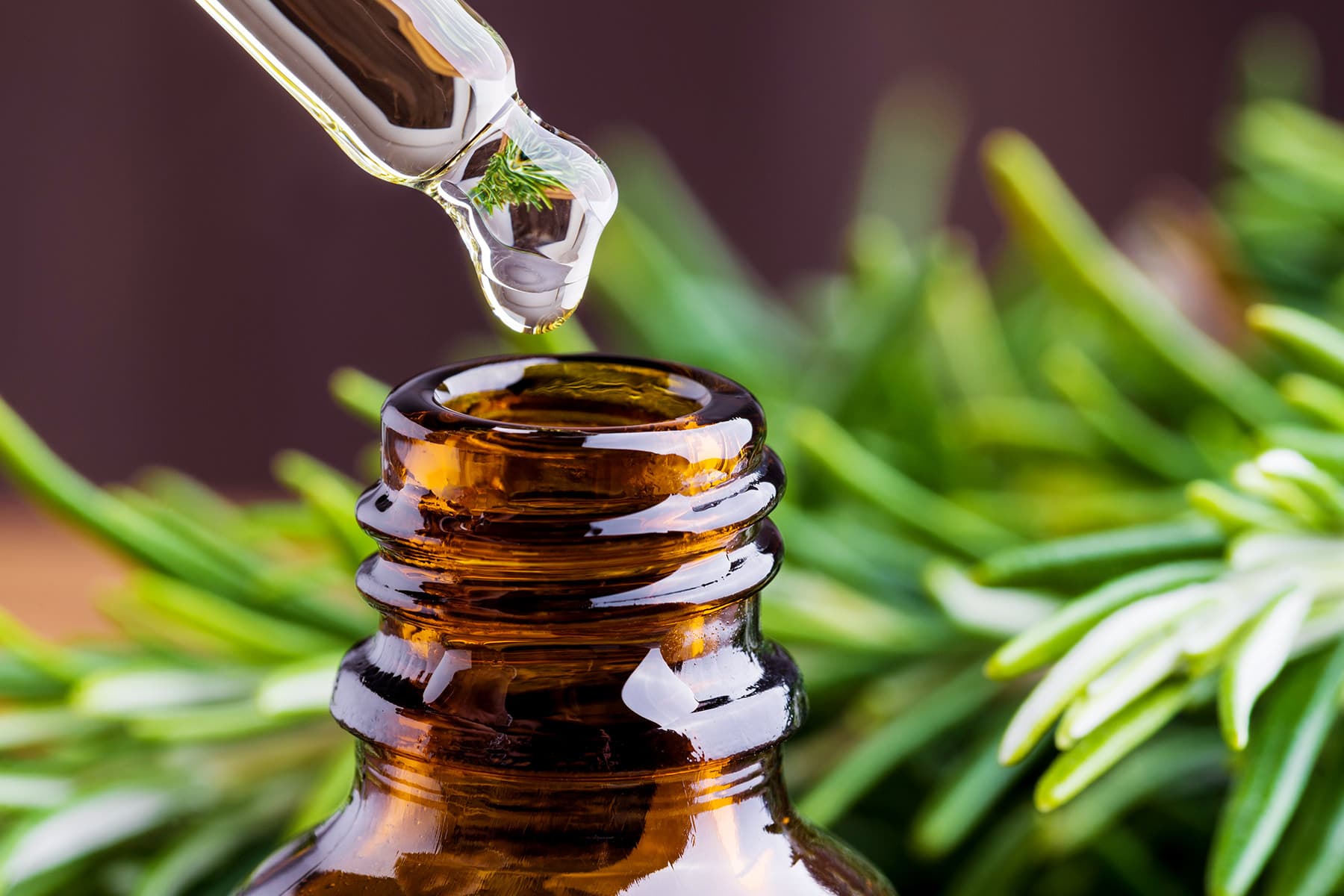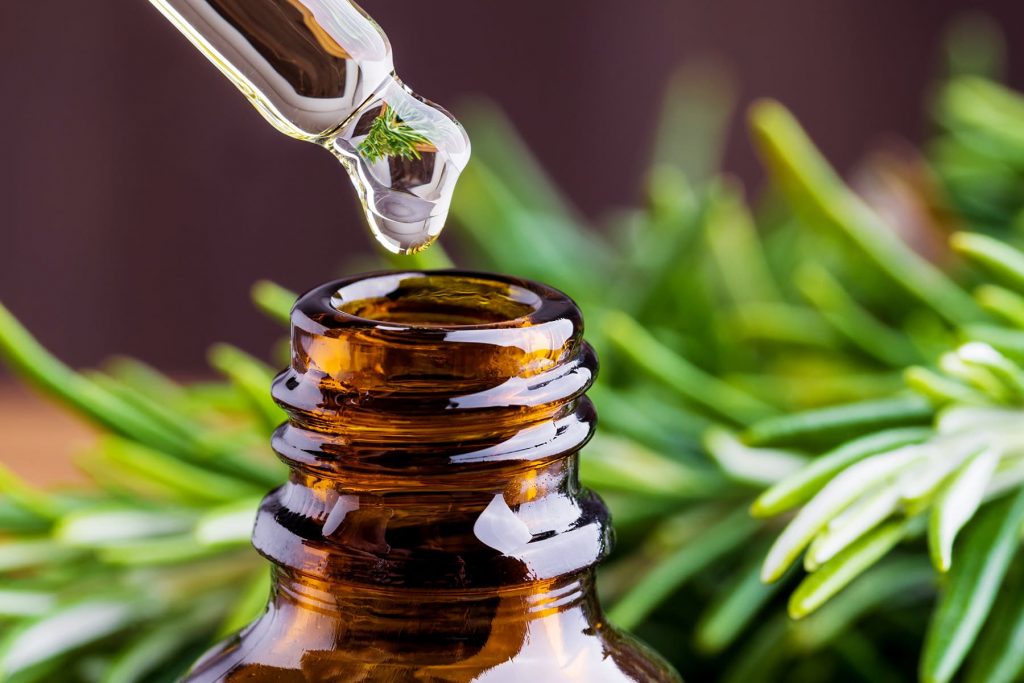
April 1, 2022 – Like many Americans who get migraines, Rebecca Rivera says she can feel them coming on. She gets the pre-migraine aura, which can include problems with her vision and other senses. She sees zigzags in her line of vision and becomes light-sensitive.
Instead of reaching for a prescription medication to halt the headache, she grabs a tiny vial labeled “kali bichromicum,” a homeopathic remedy. “When I take the kali bic, my vision disturbances go away in 5 minutes,” she says, and the pain never starts.
When her son, now 12, began complaining of migraines 5 years ago, she began giving him another remedy: belladonna. His migraines have been decreasing in number. “As you use homeopathy, it triggers the body to heal itself,” says Rivera, 49, a lifestyle coach and freelance writer in St. Cloud, FL, who used to work as a pharmacy technician.
It’s the kind of testimonial that tends to be scoffed at by traditional medicine practitioners, who often decry the use of anecdote over consistent evidence-based medicine to support homeopathic remedies. Still, an estimated 6 million Americans, or about 2% of the population, regularly use homeopathic treatments.
Homeopathy is based on two unconventional theories:
- “Like cures like,” the idea that disease can be cured by a substance that produces similar symptoms in healthy people.
- “Law of minimum dose,” the idea that the lower the dose, the better it works. (Homeopathic products, in pellets, gels, drops, ointments, or creams, are highly diluted.)
Advocates say the field is under constant attack by conventional medicine. Case in point: A recent report questions whether homeopathic research is valid.
Homeopathic Research: ‘Cherry-Picked’?
The true impact of homeopathy may be greatly overestimated, according to a report published in the journal BMJ Evidence-Based Medicine. That’s because researchers found that a large percentage of homeopathy research trials are either registered but unpublished or published but never registered, and the main research outcome was altered over the course of the trial in a quarter of the studies that were registered. Those are typically red flags that the research itself may be suspect.
“Our research indicates that there is a lot of ‘cherry-picking’ when it comes to homeopathic research,” study author Gerald Gartlehner, MD, said in an email interview. He is the founding director of the Department for Evidence-Based Medicine and Clinical Epidemiology at Danube University in Austria.
With his team, he searched international registries for clinical trials up to April 2019, then searched research databases to track publication of those trials up to April 2021.
Since 2002, they found nearly 38% of the registered homeopathy trials are still unpublished, while over half of the published randomized controlled trials – considered the gold standard in research – have not been registered. Over the last 5 years, almost 30% of the randomized controlled trials published have not been registered.
Registration is considered critical to scientific research to track not only what researchers around the world are planning to do and what they hope to achieve, but also to ensure that health care decisions are informed by all of the available evidence, both good and bad, according to the World Health Organization. Publishing is important to help establish a public record of available research.
Compared to earlier years, “the registration of trials assessing homeopathy has definitely improved,” Gartlehner said. But there is much work to be done.
Homeopathy Industry Responds
The analysis is unfair, homeopaths say.
“The problem is, they never made a comparison about what gets published [and what doesn’t] in conventional medicine,” says Ronald Whitmont, MD, a New York-based homeopathic doctor and board-certified internal medicine doctor. “It’s sort of the kettle calling the pot black. They wanted to make homeopathy look bad.”
Gartlehner says editors of conventional medicine journals agreed more than 15 years ago to publish only clinical trials that had been registered.
Whitmont, who is also the past president of the American Institute of Homeopathy, points to the medical system’s popularity for many ailments. He cites a report, published in a homeopathy journal in 2018 using government data, that found people turn to homeopathy for a variety of conditions, whether they choose it themselves or it is prescribed by a doctor or other health care provider.
That report found the general public is likely to look to homeopathy for respiratory and ear-nose-throat conditions, musculoskeletal issues, fatigue, sleep problems, chronic pain, stress, gastrointestinal problems, and neurologic and mental health issues. Doctors and other health care providers who recommend homeopathic treatments, the report found, are likely to do so for asthma, middle ear infections, allergic rhinitis, migraines and other headaches, dermatitis, and high blood pressure.
“Most people who go see a homeopath go there when conventional medicine has failed them,” Whitmont says.
Homeopathy is also offered by some medical doctors, dentists, pharmacists, and others. Laws regulating the practice of homeopathy and licensing vary from state to state. According to some estimates, more than 8,000 homeopathic products are on the market in the U.S., available over-the-counter.
Homeopathy Research: A Mixed Bag
Like published studies in conventional medicine, studies on homeopathy produced mixed findings.
Among the studies found in the BMJ analysis that were registered:
- A study of Traumeel S as a homeopathic remedy for pain relief after bunion surgery compared the homeopathic remedy to a placebo for its effect on pain and the need for painkillers after surgery. The 80 patients were randomly assigned to the groups and followed for 14 days. Researchers found a temporary reduction in the post-op pain scores of those taking the homeopathic remedy, but overall, over the follow-up, it was not better than a placebo.
- Research on a non-hormonal treatment, BRN-01, did seem to show a significant effect on the hot flash scores of postmenopausal women enrolled in the study, compared to those not given it. In all, 108 women who had five or more hot flashes a day were randomly assigned to BRN-01, a placebo, or other non-hormonal homeopathic treatments.
- After aortic valve surgery, researchers assigned 92 adult patients to either take the combination of Arnica montana and Bryonia alba or a placebo to see the effect on excess bleeding, inflammation, pain, and reduced blood flow. They found no differences between the groups.
Homeopathy and the FDA
In the view of the FDA, “Homeopathy is an alternative medicine practice,” and it has not approved any products labeled as homeopathic. Any product labeled as homeopathic is marketed without FDA evaluation for safety and how well it works.
The agency cautions that the products can contain a wide range of substances, “including ingredients derived from plants, healthy or diseased animal or human sources, minerals, and chemicals.” The ingredients are listed in terms of dilutions, such as 1X, 6X, and so on.
The FDA has issued alerts on several products after finding issues such as contamination or after manufacturers voluntarily recalled their products.
The FDA has revised its guidance for drug products labeled as homeopathic, intending to take a risk-based enforcement approach, focusing on products with reported safety concerns, those that claim to cure cancer, or those taken by vulnerable populations. But the FDA acknowledges that “Many homeopathic products will likely fall outside the risk-based categories described in the revised draft guidance.”
Homeopaths Weigh In
Many people seek out a homeopath after their conventional medicine doctor can’t help or won’t listen, homeopaths, including Whitmont, say.
It’s difficult for some trained in conventional medicine to wrap their head around the concept of homeopathy, says Steven Litvak, a homeopath and the third-generation owner of the Santa Monica, CA, Homeopathic Pharmacy, which opened 77 years ago. For instance, people hear that the remedy arnica comes from leopard’s bane, a poisonous plant, and “they say it’s dangerous,” not realizing the homeopathic medicine is highly diluted.
As for the critical analysis, “there are going to be some flaky studies out there,” he says. Funding for research is an issue, for both complementary and conventional medicine, he says.
His pharmacy used to carry prescription drugs, too. “We got rid of the drugs 25 years ago,” he says. “We got tired of hearing about all the side effects. Every day, three to five customers were saying, ‘I am having so many side effects from this drug'” and were looking for alternatives.
Many conventional doctors “don’t listen to people’s symptoms,” says Flavia Baptista, a homeopath at Litvak’s pharmacy. With homeopathy, Baptista says, “It’s all about the symptoms.” What works for one person may not work for another, she says, even if they have the same symptoms.
On a recent family trip, Kate Volpe, also on staff at the pharmacy, offered her aunt the homeopathic remedy arnica for bruising after she slipped in the shower and fell. The arnica worked to reduce the swelling and bruising, but her aunt also went to an emergency room for a head examination.
“Homeopathy doesn’t exclude [traditional] medicine,” Volpe says. “I can’t do a CT scan. I’m not a medical doctor, but I can help, so these two modalities can work together.”
She tells people: “It’s not a magic pill” and a homeopathic remedy doesn’t typically work with a single dose.
Patient Experiences
Paola Brown, 38, of Houston, was diagnosed with interstitial cystitis, a painful bladder condition, in her early 20s. She turned down conventional remedies due to the potential for side effects she found intolerable and finally sought out a homeopath. “The first remedy did not work,” she says, nor did the second. The third, cantharis, is meant for blisters and bladder pain, and it worked.
Today, her bladder is still “finicky” and can get irritated, but she’s feeling much better. She has always thought of herself as a “Western medicine person,” but the cantharis success expanded her horizons and inspired her to help found an advocacy group, Americans for Homeopathy Choice. When her 10-year-old daughter, Eva, recently got a “tummy bug,” Brown gave her some homeopathic phosphorus, and “the next day she was fine.” For bruising, she gives her arnica.
Marti Trudeau, 67, a registered nurse and health educator in Philadelphia, began giving her two children, now adults, a variety of remedies for their severe asthma after constant steroid use was not working and had intolerable side effects. “Within 6 weeks, they were no longer taking the homeopathy remedies or any of their asthma medications,” she said.
Improving Homeopathic Research
What can be done to improve homeopathic research? “CAM [complementary and alternative medicine] journals have to refuse to publish unregistered trials,” Gartlehner says. “Such a policy has dramatically improved registration in conventional medicine, as of 2005, when the International Committee of Medical Journal Editors [ICMJE] adopted a policy that the journals they oversee would only publish results of clinical trials which have been prospectively recorded in a public registry. In parallel, funders need to put CAM researchers who do not publish their trials on a black list and not fund them again.”
While the recent report is largely critical, Gartlehner says he does not dismiss homeopathy entirely. “As a placebo treatment, it might still have a role in clinical medicine,” he says. “Sometimes ‘wait and see’ is the right thing to do, and homeopathic remedies can give patients a sense that some treatment has been initiated.”
